If you’re going through a difficult time wherein you’ve decided that you need to have a garden but are not sure about the type, we have you covered. Let’s help you reach a conclusion if you’re confused among the three gardening choices - raised-bed gardening, in-ground, and container gardening.
Raised Bed

A raised garden bed is a large, bottomless container that stands right on the ground. Its height can vary as per the needs and requirements of the gardener. Consider it like a frame that is filled with soil. This frame can be made out of any material - stone (costly and difficult to cut), wood (easy on pocket but will need to be changed sometime in the future, etc.
Pros
- Soil - In raised-bed gardening, the soil can be prepared as per the plants’ needs. If you’re growing a heavy-feeder (example - Tomatoes), you can adjust the soil accordingly to support the plant.
- Early Planting - The soil in raised beds warms faster. This makes the plants start early.
- Better Drainage - Raised beds have better drainage so plants grow really well.
- Choices - There are a lot of options when it comes to choosing the materials for raised beds. Examples include wood, metal, stone, composites.
- Accessible - The beds can be raised as high as needed, making it accessible for people with disabilities.
- No Soil Compaction - Because you have the choice of adjusting the soil as per the needs of the plants, there is no soil compaction.
- Fewer Weeds - Weeds aren’t much of an issue when it comes to raised vegetable gardens because one starts from scratch. This is one major plus point when it comes to choosing the mode of planting.
Cons
- More Cost - You will have to begin from scratch by buying everything - materials, beds, and soil. This makes raised bed gardening a costly affair.
- More Labour - After buying all the essentials, you will have to build the beds yourself. This will need your attention.
- More Watering - Because the soil dries faster in raised vegetable beds, this type of setting will need frequent watering.
- Replacement - If the material used for building raised beds is wood, be prepared that it will need to be replaced at some point.
Container Gardening

If you have space issues, container gardening solves the problem really well. Just get a few containers and pot mix. And you’re pretty much done! This is primarily why container gardening is in vogue these days.
Pros
- Requires Limited to Almost No Space to Grow - You can have pots placed literally at the window sills and grow your food if space is a problem.
- Aesthetically Appealing - You can hang your containers of different colours and make your place look trendy and happy.
- Spoilt For Choice - There are numerous options available for containers. You can have plastic, wood, terracotta, or ceramic pots. Not just this, you can paint them at your will and give them an artistic bend by unleashing the artist in you.
- Elegance - Container gardening is high on elegance. One can practice vertical gardening and make the most of their space while keeping the looks intact.
- Portable - The pots can be moved from one place to another based on their water and sun requirements. Even while shifting houses, taking pots along is super easy.
Cons
- Limited Plant Options - While some plants grow really well in containers, other plants aren’t really a great fit. For example - pumpkins. You will have to carefully plan your garden as per your requirements.
- Dries Fast - Since the container soil doesn’t have access to the moisture present in in-ground soil, they dry faster.
- Drainage - The extra water needs to be drained out of the pots. Make sure you have holes in the pots. Else, the plants will rot and so will the container (if it's wooden).
- More Organic Matter Needed - Since the soil placed in each of the pots is limited, it will deplete itself of the nutrients required pretty soon. The organic matter required is, therefore, more.
In-Ground Gardening

This is a classic way of growing that’s been practiced since forever! All one needs to do is cut out the grass, till the soil, plant, and grow. Simple. However, it comes with its all set of complexities and disadvantages. Let’s understand both its pros and cons.
Pros
- Cost Efficient - You don’t require investment in buying beds or containers/pots.
- Lower Water Requirements - Watering an in-ground garden is super easy as the soil doesn’t dry as quickly as it does in raised beds and containers.
- Easier Irrigation - The irrigation system is easier to design and install than it is in the other two.
- Easy To Modify - Unlike raised beds that have a more permanent layout, changing an in-ground garden’s layout is easier. All you have to do is dig out another area.
- Creativity - When it comes to designing the garden creatively, an in-ground garden is as efficient as container gardening but way ahead of raised beds. That’s because raised beds are made with stiffer materials and are almost square or rectangle in shape.
- More Durable - Because the ingredients needed for plants to flourish are already present in in-ground gardens, they tend to be more durable.
- More Produce - There’s a reason why farmers have been growing their produce in-ground. They promote the maximum produce.
Cons
- Managing Pests - Being in-ground, the plants are prone to pest attacks from snails, mice, moles, and more. Therefore, protecting plants is an issue that can be eradicated if adequate precautionary measures are taken.
- Weeds - Weeds are an issue in in-ground garden beds because they grow fast in this setting. Therefore, during de-weeding, weeds are to be pulled out from their roots so they don’t grow back.
- More Tiring - Since the garden bed is at the ground level, one has to bend to carry out the tasks. This leads to more strain on knees and back, making it a little more tiring than the other two modes of growing plants.
- Soil Compaction - The soil used in the garden might have been walked on quite a bit or might have large amounts of clay. This leads to soil compaction, thereby hurting the plants.
- Drainage Issues - This type of gardening has less drainage, leading to flooding.
To conclude, each gardening option listed above has its own set of advantages and disadvantages. It’s up to you to decide what plants you need to grow and what issues need to be conquered as per your situation. Based on this, an apt choice between the three can be made.
Have more queries? Drop us a comment and we’ll get back to you with answers. May you end up making the right choice for your plants!


 Sign In
Sign In



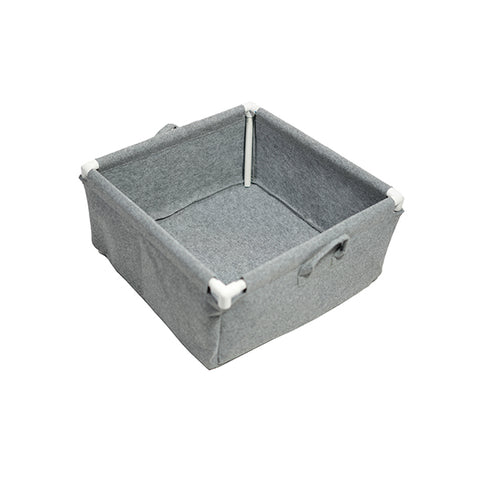
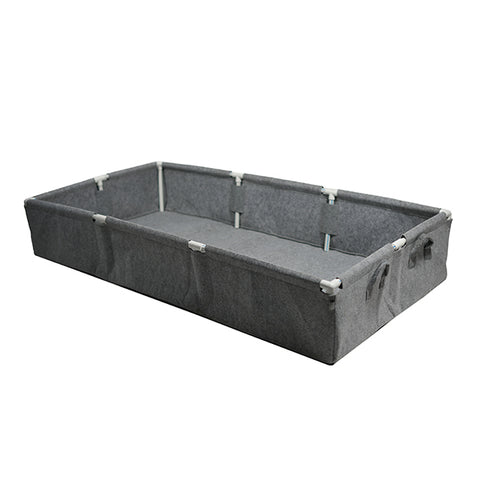
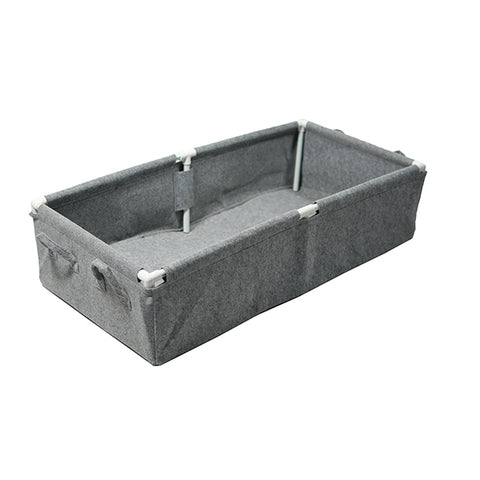
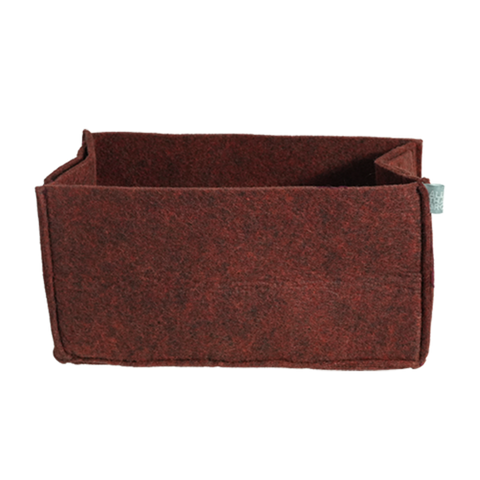
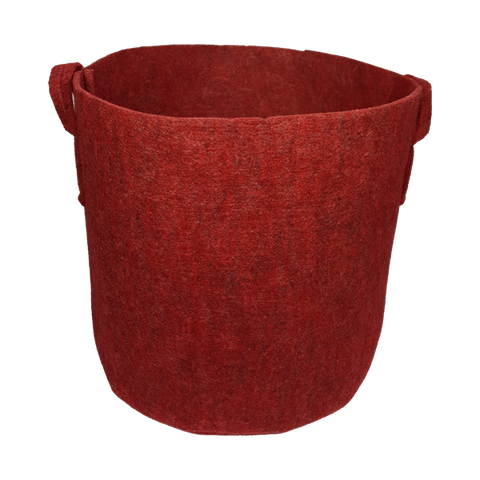
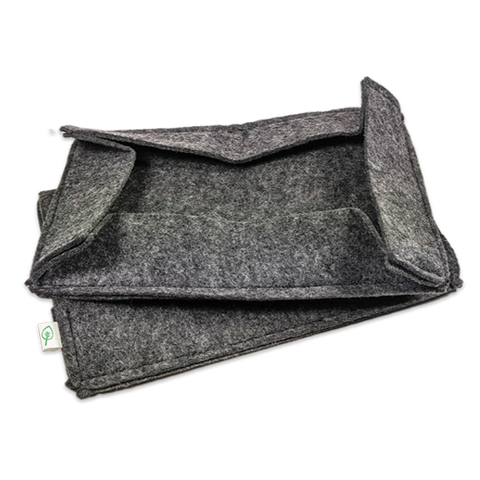
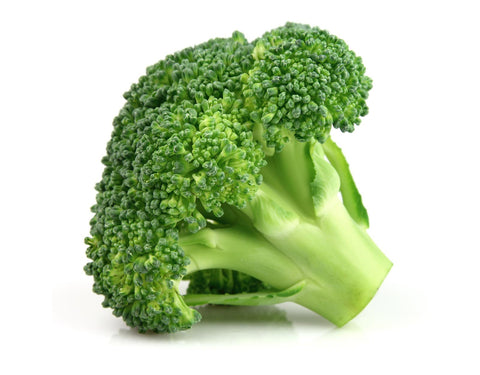
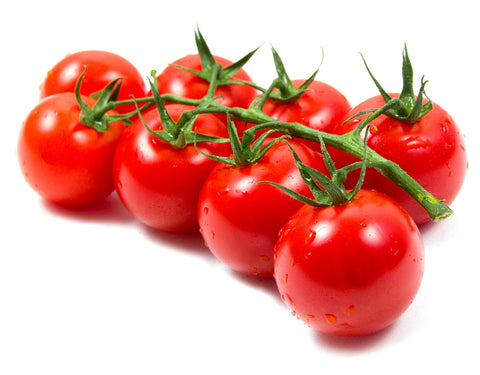
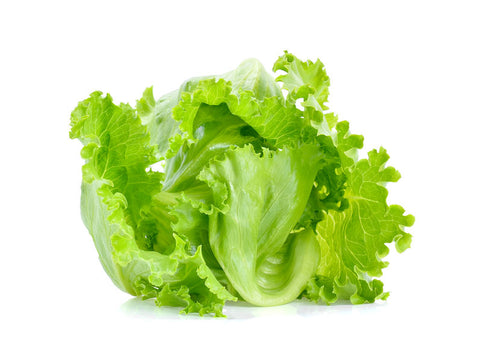
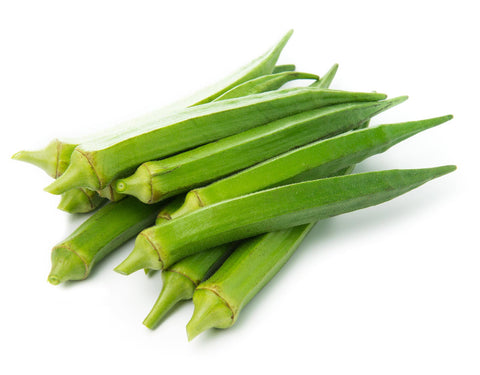
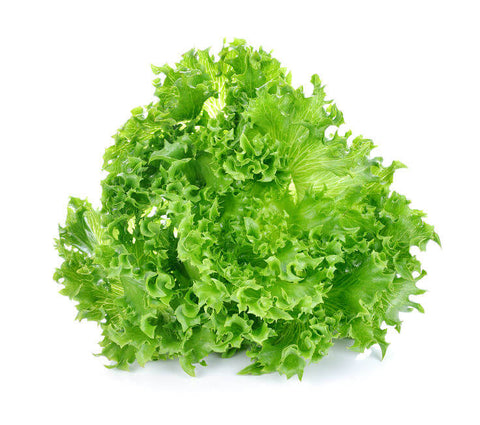
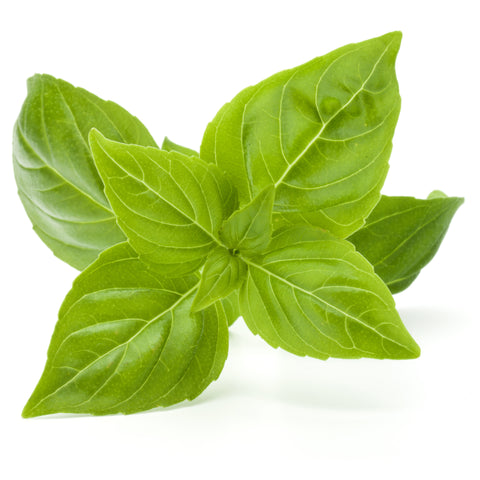
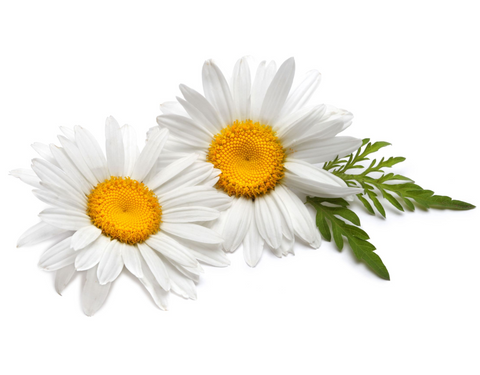






Let us know your feedback
* Comments must be approved before being displayed.